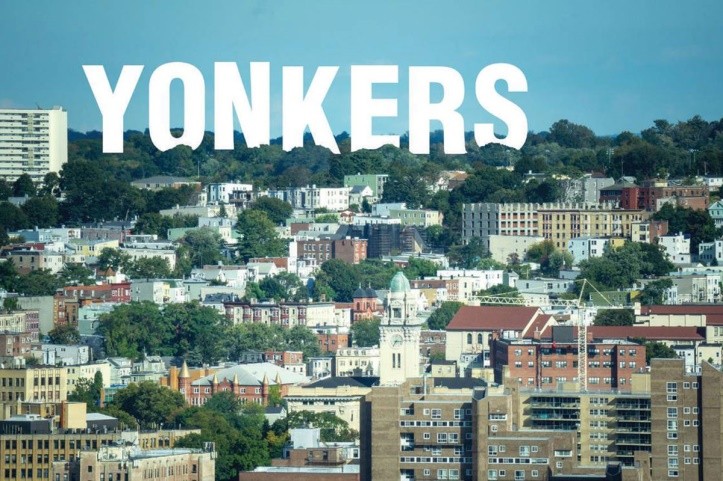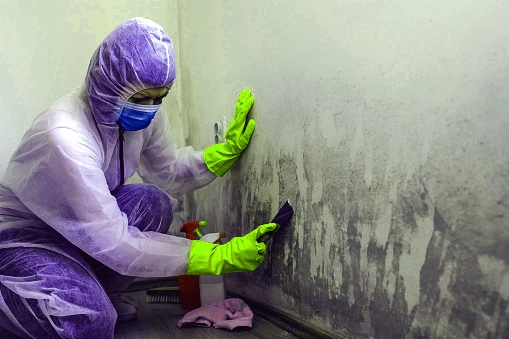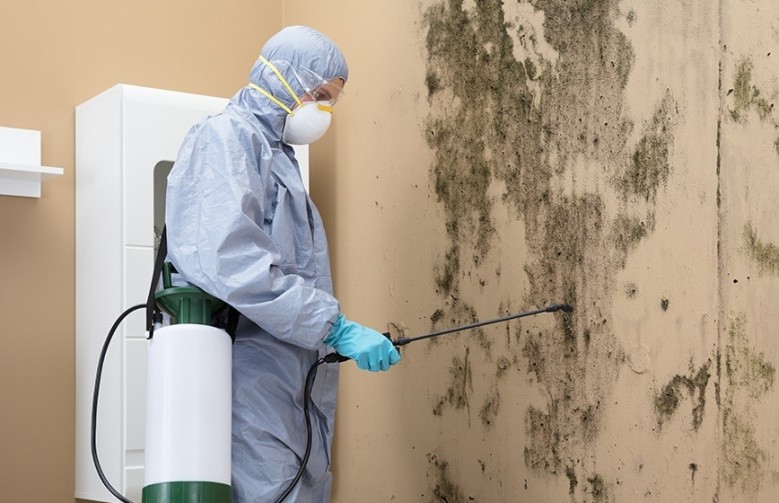Mold Remediation in Yonkers
Mold removal in Yonkers, NY, or anywhere else, typically involves several important steps to ensure the mold is safely and effectively eradicated. Below is an outline of the process used by professional mold remediation services:
1. Inspection and Assessment
- Initial Inspection: A trained mold inspector or remediation expert will visit the property to assess the extent of the mold growth. This involves checking visible mold, hidden areas like behind walls or in attics, and looking for signs of water damage or moisture.
- Moisture Measurement: Mold thrives in moist environments, so inspectors will measure the moisture levels in materials such as wood, drywall, and insulation. They may also use thermal imaging to detect hidden moisture.
- Testing: Sometimes, air quality tests or surface tests are conducted to confirm the type and extent of mold present.
2. Containment of the Area
- Isolating Affected Areas: The area with mold is sealed off using plastic sheeting and negative air pressure. This helps prevent the spread of mold spores to other parts of the building.
- Air Scrubbing: High-efficiency particulate air (HEPA) air scrubbers are used to filter out airborne mold spores during the remediation process.
3. Removal of Mold
Removal of Contaminated Materials: Moldy materials such as drywall, carpet, insulation, or wood may need to be removed if they are too damaged or have significant mold growth. In some cases, items may be cleaned or sanitized rather than replaced.
Cleaning and Disinfecting: Non-porous surfaces, such as tile or glass, are cleaned using specialized mold cleaners or a mixture of water and detergent. For tougher mold, antimicrobial treatments or biocides may be used to ensure all mold is killed.
- Encapsulation: In cases where mold removal from materials is not possible, some surfaces may be encapsulated, which means applying a sealant that traps any remaining spores and prevents further growth.
4. Drying and Dehumidification
- Moisture Control: The underlying cause of mold growth, such as leaks or high humidity, must be addressed. Dehumidifiers and fans are used to dry out the affected areas.
- Fixing Leaks: Plumbing or roof leaks, or faulty HVAC systems are repaired to stop the moisture problem from recurring.
5. Final Inspection and Air Quality Testing
- Once mold removal is completed, a final inspection ensures the property is mold-free. Air quality testing may also be done to verify that the air is safe for occupancy.
6. Prevention of Future Mold Growth
- Preventive Measures: To prevent future mold infestations, contractors may recommend solutions like improving ventilation, adding dehumidifiers, repairing water leaks, or applying a mold-resistant coating to surfaces.
- Continuous Monitoring: Some companies offer monitoring systems that keep track of moisture levels and help prevent future mold problems.
7. Local Considerations for Yonkers, NY:
- Weather and Humidity: Yonkers has a humid continental climate, with humid summers and cold winters. This can create ideal conditions for mold growth, especially in poorly ventilated areas. Therefore, managing humidity is key.
- Regulations and Codes: The New York State Department of Health and local municipalities may have specific guidelines or regulations regarding mold remediation, including required certifications for mold contractors.
For effective mold removal, it’s essential to contact a professional mold remediation service in Yonkers, as they will have the necessary expertise, equipment, and certifications to ensure a thorough and safe process.



